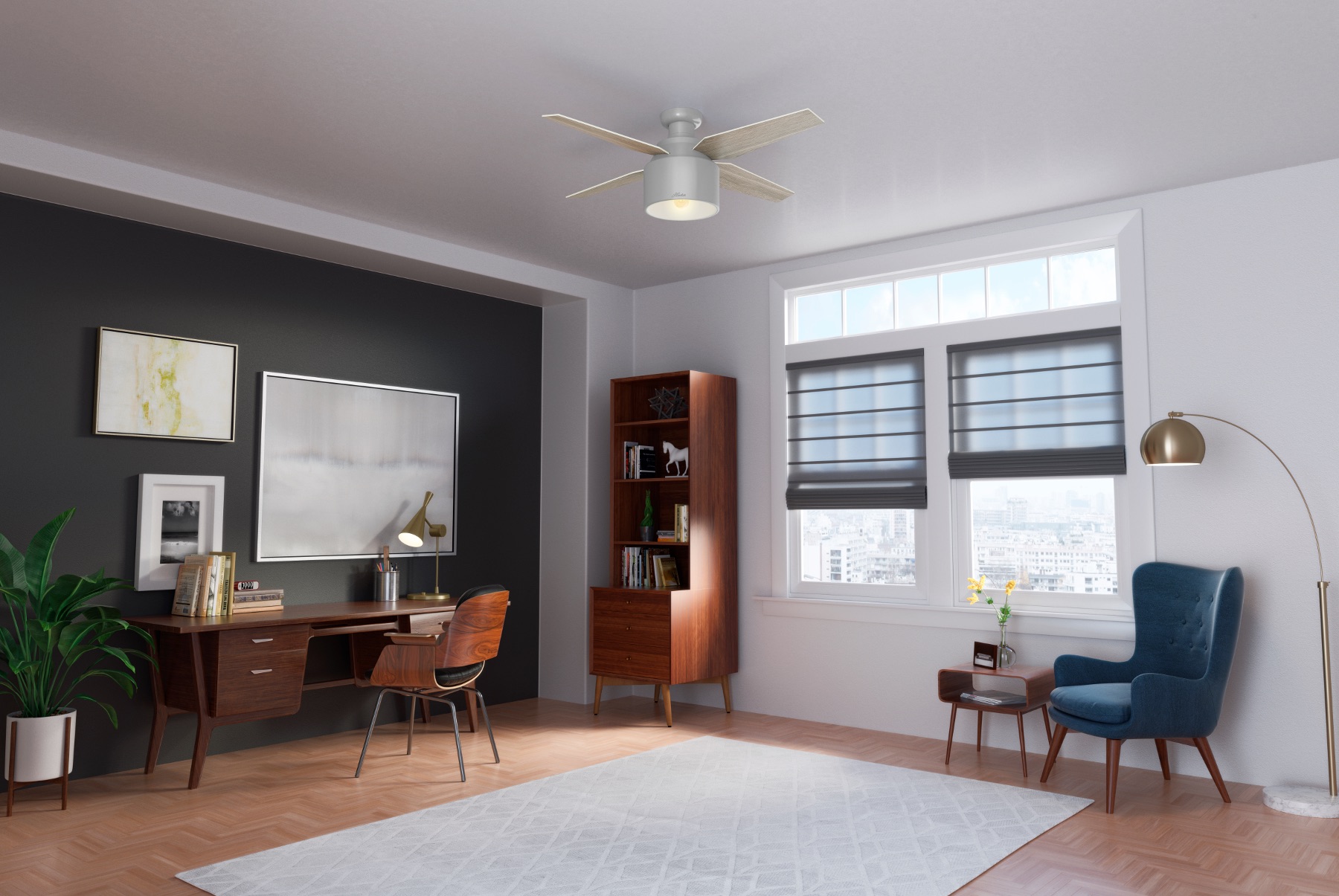

Articles
How Much Is A Whole House Fan
Modified: January 18, 2024
Looking for articles on how much a whole house fan costs? Find valuable information and tips on purchasing and installing whole house fans here.
(Many of the links in this article redirect to a specific reviewed product. Your purchase of these products through affiliate links helps to generate commission for Storables.com, at no extra cost. Learn more)
Introduction
Welcome to the world of whole house fans! If you’re tired of expensive energy bills and want a cost-effective solution to keep your home cool, then a whole house fan might be just what you need. In this article, we’ll explore the concept of whole house fans, their benefits, factors affecting their cost, and how they compare to air conditioning units. By the end, you’ll have the knowledge you need to make an informed decision about whether a whole house fan is right for your home.
Key Takeaways:
- Whole house fans offer cost-effective, energy-efficient cooling by drawing in fresh air and expelling hot air, reducing reliance on air conditioning and lowering energy bills.
- Factors such as climate, home insulation, and noise level should be considered before installing a whole house fan to ensure optimal effectiveness and safety.
Read more: How To Install A Whole House Fan
What is a Whole House Fan?
A whole house fan is a ventilation system that is installed in the attic or ceiling of a home. It works by drawing in cool air from outside and expelling hot air from the living space, creating a refreshing breeze throughout the entire house. Unlike air conditioning units that recirculate air, whole house fans provide fresh outdoor air, resulting in improved indoor air quality.
Typically, a whole house fan consists of a large fan that is mounted in the attic and a set of louvers or vents located in the ceiling of each room. When the fan is turned on, it pulls cool air from open windows into the home and pushes hot air out through the vents in the ceiling, creating a powerful airflow. This process, known as ventilation cooling, can quickly and effectively cool down the entire house, reducing the need for air conditioning.
Whole house fans are most commonly used in regions with moderate climates and lower humidity levels. They are particularly popular in areas where the temperature drops significantly at night, as the cool nighttime air can be drawn into the house to lower the indoor temperature. However, it’s important to note that whole house fans are not designed to cool homes in extremely hot or humid climates, and may not be suitable for use during periods of high heat and humidity.
Benefits of Whole House Fans
Whole house fans offer several benefits that make them an attractive option for homeowners looking for a cost-effective and energy-efficient cooling solution. Here are some of the key benefits of installing a whole house fan:
- Energy Savings: One of the primary advantages of whole house fans is their ability to significantly reduce energy consumption and save on cooling costs. Compared to air conditioning units, whole house fans consume much less electricity, which can lead to substantial savings on monthly energy bills.
- Natural and Fresh Air: Whole house fans provide natural ventilation by drawing in fresh outdoor air and expelling stale air from inside the house. This not only improves indoor air quality by reducing pollutants, allergens, and odors but also creates a refreshing atmosphere that enhances the overall comfort of your home.
- Efficient Cooling: Whole house fans are highly efficient at cooling down your home quickly. By creating a powerful airflow, they can eliminate hot air and replace it with cooler outdoor air in a matter of minutes. This rapid cooling effect is especially beneficial during the evening or early morning hours when temperatures are lower.
- Quiet Operation: Unlike traditional air conditioning units that can be noisy, whole house fans operate quietly. The noise produced by the fan is typically minimal and can even provide a soothing white noise effect, which can help improve sleep quality for those who enjoy a gentle background sound.
- Eco-Friendly Cooling: Whole house fans are an environmentally friendly cooling option. They do not rely on harmful refrigerants or emit greenhouse gases, making them a more sustainable choice for homeowners who want to reduce their carbon footprint.
Overall, whole house fans offer a range of benefits that can make a positive impact on your home’s comfort, energy efficiency, and indoor air quality. They provide a cost-effective alternative to air conditioning units, allowing you to enjoy natural and fresh air while keeping your energy bills in check.
Factors Affecting the Cost of a Whole House Fan
The cost of a whole house fan can vary depending on several factors. Understanding these factors can help you estimate the overall cost and find the right fan for your budget. Here are some key factors that can affect the cost of a whole house fan:
- Size and Capacity: The size and capacity of a whole house fan can have a significant impact on its cost. Larger fans with higher airflow capacity generally come with a higher price tag. The size of your home and the volume of air you want to move will determine the appropriate fan size, and you can expect the cost to increase accordingly.
- Quality and Brand: The brand and quality of the whole house fan can also affect its cost. Well-known brands often command a higher price due to their reputation for reliability, performance, and durability. While it may be tempting to opt for a cheaper fan, investing in a reputable brand can ensure better performance and longevity.
- Additional Features: Some whole house fans come with additional features that can impact the cost. For example, fans with built-in timers, remote controls, or variable speed settings may be more expensive than basic models. These features can add convenience and customization to your cooling experience, but they also come at an additional cost.
- Installation Complexity: The complexity of installing a whole house fan can affect the overall cost. If your home does not have existing attic ventilation, additional work may be required to create appropriate venting and ensure proper installation. Factors such as roof type, attic access, and electrical wiring can also influence the installation complexity and, consequently, the cost.
- Location: The location where you purchase the whole house fan can influence its cost. Prices may vary between different retailers or contractors, so it’s a good idea to shop around and compare prices. Additionally, regional factors such as supply and demand, labor costs, and local regulations can impact the cost of purchasing and installing a whole house fan.
It’s important to consider these factors when budgeting for a whole house fan. While cost is an essential aspect, it’s equally important to prioritize quality, functionality, and long-term benefits to ensure that you make a wise investment for your home’s cooling needs.
Average Cost of Whole House Fans
The cost of a whole house fan can vary depending on the factors mentioned earlier, such as size, brand, and additional features. On average, the cost of a whole house fan can range from $600 to $1,500, including installation.
Basic models of whole house fans with standard features and lower airflow capacity typically fall towards the lower end of the price range. These fans may cost around $600 to $900, depending on the brand and quality.
Mid-range whole house fans with larger sizes and higher airflow capacity can range from $900 to $1,200. These fans may offer additional features such as timers or variable speed settings, providing more control over the cooling process.
High-end whole house fans, often from well-known brands and with top-of-the-line features, can range from $1,200 to $1,500. These fans are usually larger, more powerful, and come with advanced technologies for enhanced performance and energy efficiency.
It’s important to keep in mind that the cost mentioned above includes the installation of the whole house fan. The installation process typically involves mounting the fan in the attic, creating appropriate venting, and connecting it to a power source. Depending on the complexity of the installation and any additional work required, installation costs can vary between $200 and $500.
While the initial investment of a whole house fan may seem higher compared to other cooling options, such as air conditioning units, it’s important to consider the long-term benefits and energy savings. Whole house fans consume significantly less electricity compared to air conditioners, potentially resulting in substantial savings on your monthly energy bills over time.
Remember, these prices are averages, and actual costs may differ based on the factors discussed earlier. It’s always a good idea to obtain multiple quotes from reputable suppliers or contractors to get a more accurate estimate for your specific needs.
A whole house fan typically costs between $400 to $1200, depending on the size and features. Installation costs can vary, so it’s best to get quotes from multiple contractors.
Read more: How To Use A Whole House Fan
Cost Comparison: Whole House Fan vs. Air Conditioning
When it comes to cooling your home, two popular options are whole house fans and air conditioning systems. Understanding the cost differences between these two options can help you make an informed decision based on your budget and cooling needs.
Initial Cost: Whole house fans are generally more affordable compared to air conditioning units. On average, the cost of a whole house fan, including installation, ranges from $600 to $1,500, as mentioned earlier. In contrast, air conditioning systems can range from $2,000 to $10,000 or more, depending on the size, type, and brand of the unit.
Operating Cost: Whole house fans have a significantly lower operating cost compared to air conditioning units. Whole house fans use a fraction of the electricity that air conditioners consume, resulting in lower utility bills. Running a whole house fan can cost as little as 10% of the cost of running an air conditioner. This makes whole house fans a cost-effective choice for cooling your home, especially during cooler evenings and nights when the outdoor temperature drops.
Energy Efficiency: Air conditioning units require a substantial amount of electricity to cool your home, while whole house fans rely on the natural cooling effect of outdoor air. This makes whole house fans a more energy-efficient option. By reducing your reliance on air conditioning, you can significantly decrease your carbon footprint and contribute to a greener environment.
Usage: The ideal usage scenario for each cooling option differs. Whole house fans are most effective in regions with moderate climates and cooler evenings. They work by drawing in cool outdoor air and expelling hot indoor air, providing a refreshing breeze throughout the house. However, in extremely hot or humid climates, whole house fans may not be sufficient to cool the home adequately. In such cases, air conditioning units may be necessary to provide the desired comfort level.
Lifespan and Maintenance: Both whole house fans and air conditioning units require regular maintenance to ensure optimal performance and longevity. However, air conditioning units tend to have more complex systems and may require more frequent maintenance and repairs. On the other hand, whole house fans have simpler mechanisms and typically require less maintenance.
When considering the cost of whole house fans versus air conditioning units, it’s important to weigh the initial cost, operating cost, energy efficiency, usage requirements, and maintenance needs. While whole house fans are a more affordable option and offer energy savings, they may not be suitable for all climates or provide the same level of comfort as air conditioning units. It’s crucial to assess your individual cooling needs and consider factors such as regional climate patterns and budget constraints before making a decision.
Factors to Consider Before Installing a Whole House Fan
Before installing a whole house fan in your home, there are several important factors to consider. By taking these factors into account, you can ensure that a whole house fan is the right cooling solution for your needs and make an informed decision. Here are some key factors to consider:
- Climate: The climate in your region plays a significant role in determining the effectiveness of a whole house fan. Whole house fans are most efficient in areas with moderate climates and cooler evenings. They work best when the outdoor temperature drops significantly at night, allowing the fan to draw in cool air and expel hot air. If you live in an area with consistently high temperatures or high humidity levels, a whole house fan may not provide sufficient cooling and air circulation.
- Home Insulation: The insulation in your home is another crucial factor to consider. Proper insulation helps retain the cool air generated by a whole house fan and prevents hot air from entering the living space. Without adequate insulation, the effectiveness of the fan may be reduced, and you may not experience the desired cooling results. Ensure that your home is properly insulated before installing a whole house fan.
- Attic Ventilation: Good attic ventilation is necessary for the efficient operation of a whole house fan. The fan pulls in cool air from open windows and expels hot air through the attic vents. If your home does not have sufficient attic ventilation, you may need to install additional vents or make modifications to the existing ventilation system. Proper attic ventilation ensures that the hot air is effectively removed from the house, allowing the whole house fan to circulate cooler air throughout the living space.
- Noise Level: Whole house fans can produce varying levels of noise depending on the brand, model, and installation. Some fans operate more quietly than others, while others may emit more noticeable noise. Consider the noise level of the fan, particularly if its placement is near bedrooms or other areas where a quiet environment is desired. Look for fans that are specifically designed for low noise operation to ensure minimal disruption.
- Safety Considerations: Safety is of utmost importance when installing a whole house fan. Ensure that the fan is installed securely and properly in the attic or ceiling to prevent any accidents or damage. Additionally, consider the presence of children or pets in your home and take precautions to prevent any injuries. It’s advisable to consult with a professional installer to ensure the safe and correct installation of your whole house fan.
- Building Codes and Regulations: Familiarize yourself with local building codes and regulations regarding the installation of whole house fans. Certain jurisdictions may have specific requirements and guidelines that need to be followed during installation. It’s important to comply with these regulations to ensure a safe and legal installation.
By considering these factors, you can determine if a whole house fan is a suitable cooling solution for your home. It’s always recommended to consult with a professional installer or HVAC specialist who can assess your specific needs, evaluate your home’s suitability for a whole house fan, and ensure a proper and safe installation.
Tips for Choosing the Right Whole House Fan
Choosing the right whole house fan is crucial to ensure optimal cooling and comfort in your home. With various options available on the market, it’s important to consider the following tips to make an informed decision:
- Size and Capacity: Select a whole house fan that is appropriate for the size of your home. Consider the square footage and the volume of air that needs to be moved. A fan that is too small may not effectively cool your home, while a fan that is too large may consume more energy than necessary. Look for the recommended coverage area provided by the manufacturer to guide your decision.
- Brand and Quality: Opt for a reputable brand known for producing reliable and durable whole house fans. Research and read reviews from customers to gauge the quality of the fan and its performance. Well-established brands often have better warranties and customer support, giving you peace of mind in case any issues arise.
- Additional Features: Consider any additional features that may enhance your cooling experience. Some whole house fans come with built-in timers, remote controls, or variable speed settings. These features offer convenience and customization options, allowing you to control the fan’s operation to suit your preferences.
- Noise Level: Pay attention to the noise level of the fan. Look for models specifically designed for low noise operation. Consider where the fan will be installed and choose a quieter option if it will be placed near bedrooms or other areas where a quiet environment is desired.
- Energy Efficiency: Look for whole house fans that are energy-efficient to maximize your savings on electricity bills. Energy-efficient fans consume less electricity while delivering effective cooling. Look for the Energy Star label to ensure that the fan meets strict energy efficiency guidelines.
- Professional Installation: While some whole house fans are marketed as DIY installations, it’s recommended to hire a professional for the installation. Professional installers have the expertise and knowledge to ensure the fan is correctly installed and properly connected to the electrical system. They can also provide guidance on the best placement for optimal airflow and performance.
- Warranty and Customer Support: Check the warranty offered by the manufacturer. A longer warranty period indicates confidence in the product’s quality and reliability. Additionally, consider the level of customer support provided by the manufacturer, especially if you encounter any issues or have questions related to the fan’s operation.
By considering these tips, you can choose a whole house fan that meets your cooling needs, is of high quality, and provides long-term satisfaction. Remember to carefully read product specifications and consult with professionals to ensure you make the right choice for your home.
Conclusion
Whole house fans offer a cost-effective and energy-efficient solution for cooling your home while providing fresh, natural air circulation. By understanding the benefits, cost factors, and considerations involved, you can make an informed decision about installing a whole house fan in your home.
Whole house fans provide numerous advantages, including energy savings, improved indoor air quality, efficient cooling, quiet operation, and eco-friendliness. They can significantly reduce your reliance on air conditioning units, resulting in lower energy bills and a smaller carbon footprint.
Factors such as climate, home insulation, attic ventilation, noise level, safety considerations, and adherence to building regulations should be carefully considered before installing a whole house fan. These factors will help ensure that a whole house fan is appropriate for your home’s specific requirements and that it operates safely and effectively.
When choosing a whole house fan, consider factors such as size and capacity, brand and quality, additional features, noise level, energy efficiency, and the need for professional installation. Be sure to select a fan that suits your home’s size and ventilation needs while guaranteeing durability, performance, and energy savings.
In conclusion, whole house fans offer a compelling alternative to traditional air conditioning systems, particularly in climates with moderate temperatures and cooler evenings. They provide a natural and cost-effective cooling solution while promoting fresh indoor air. With careful consideration of the factors discussed and proper evaluation of your home’s requirements, you can make the right choice to enhance your comfort and energy efficiency.
Frequently Asked Questions about How Much Is A Whole House Fan
Was this page helpful?
At Storables.com, we guarantee accurate and reliable information. Our content, validated by Expert Board Contributors, is crafted following stringent Editorial Policies. We're committed to providing you with well-researched, expert-backed insights for all your informational needs.
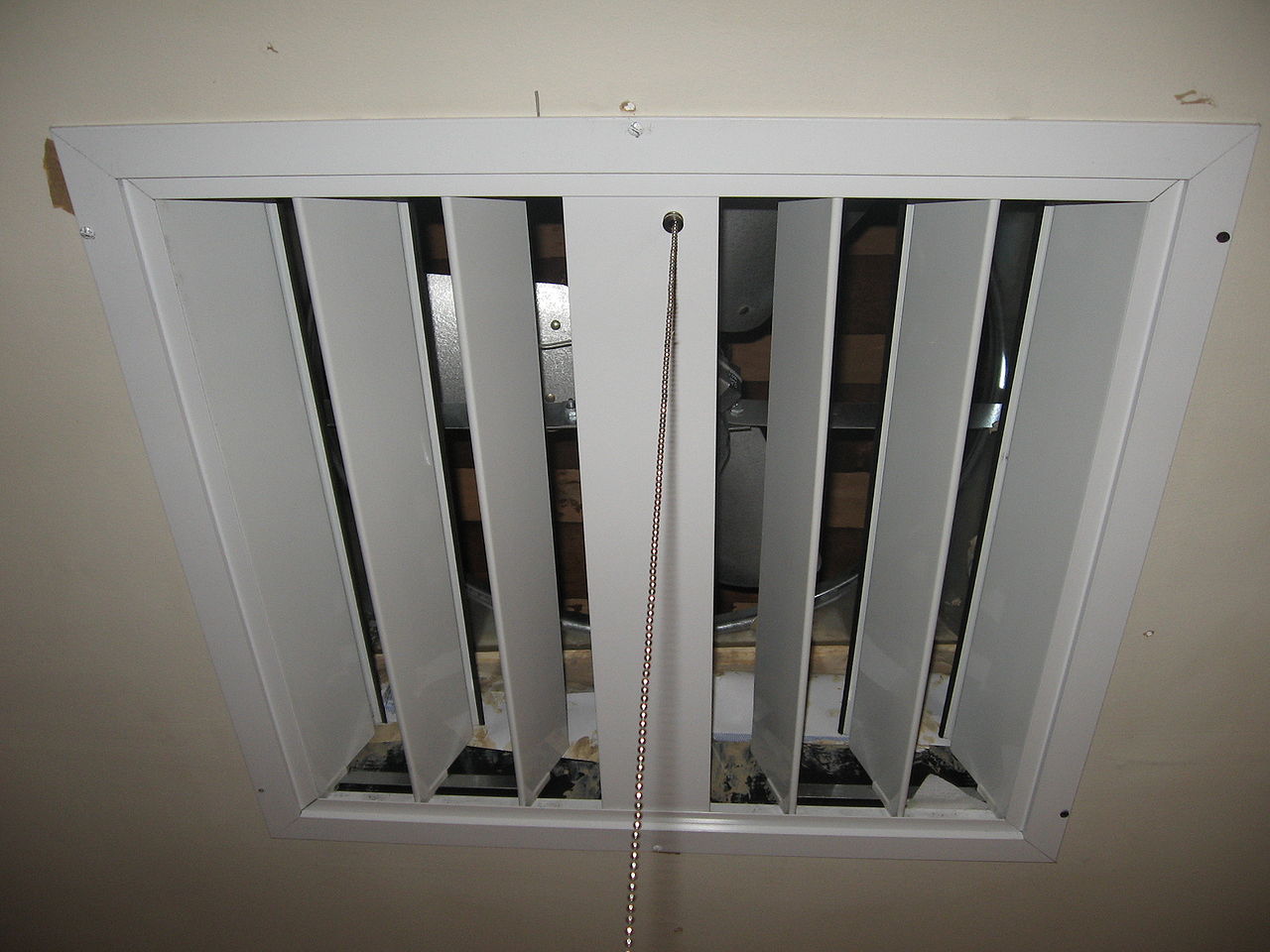
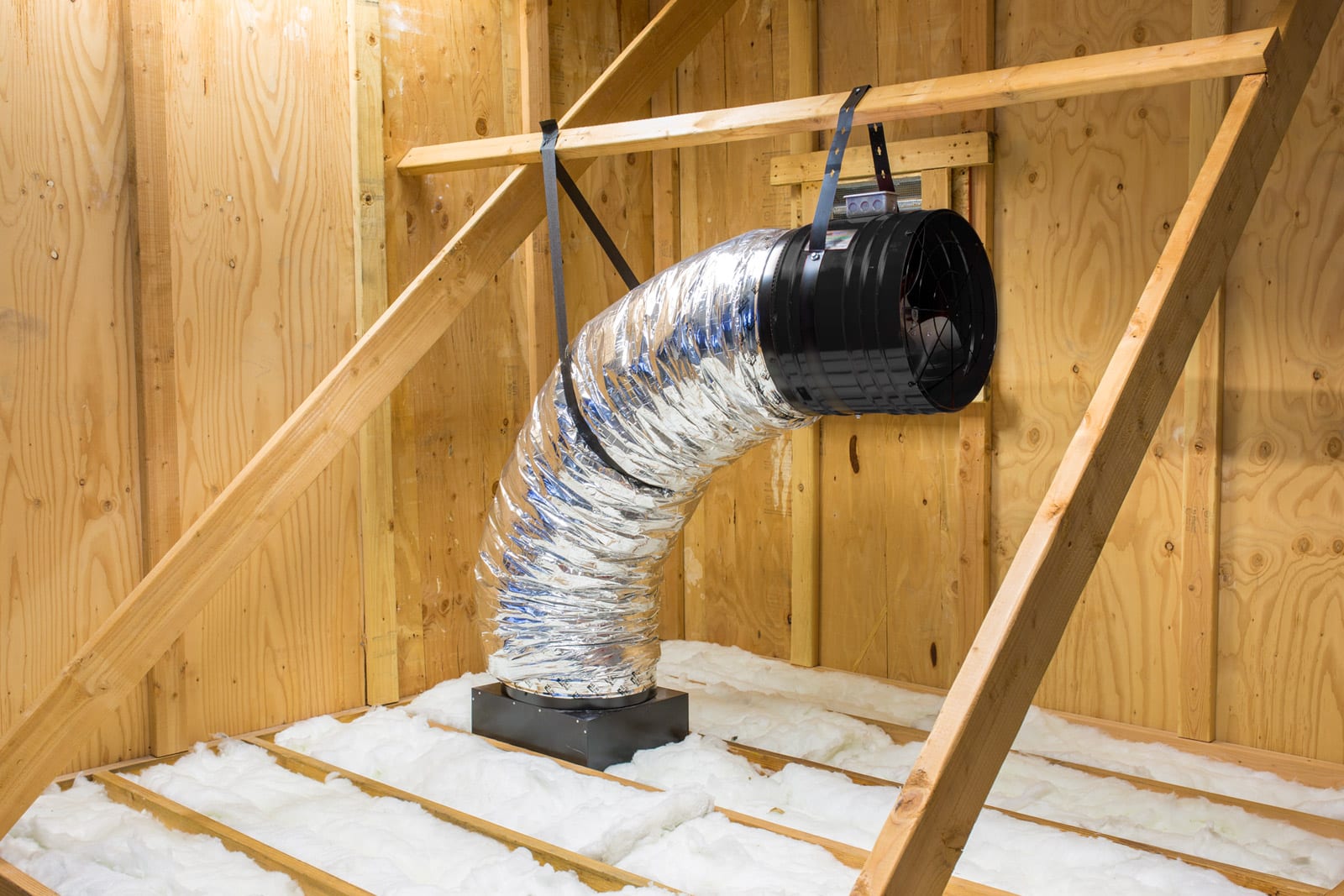
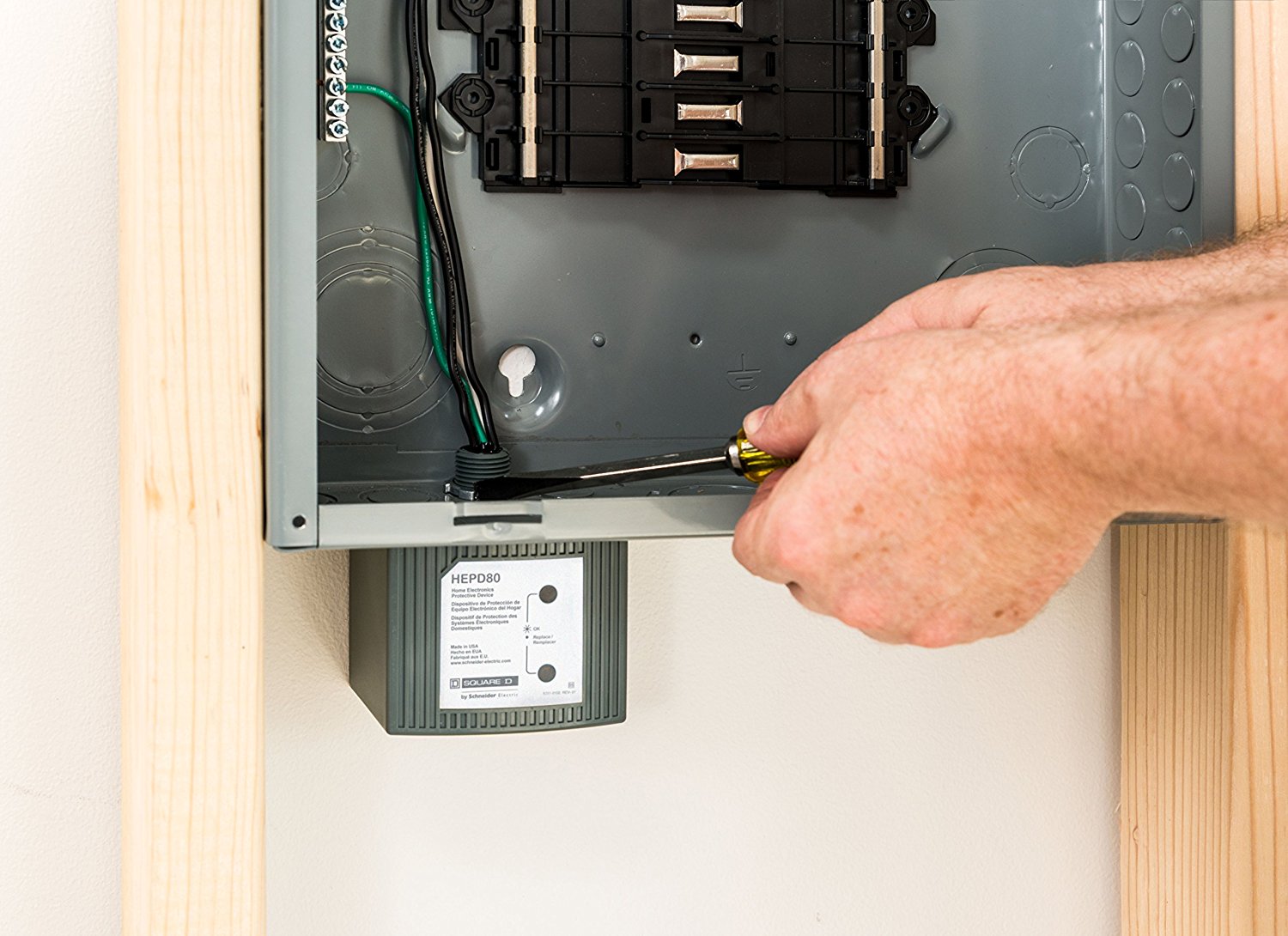
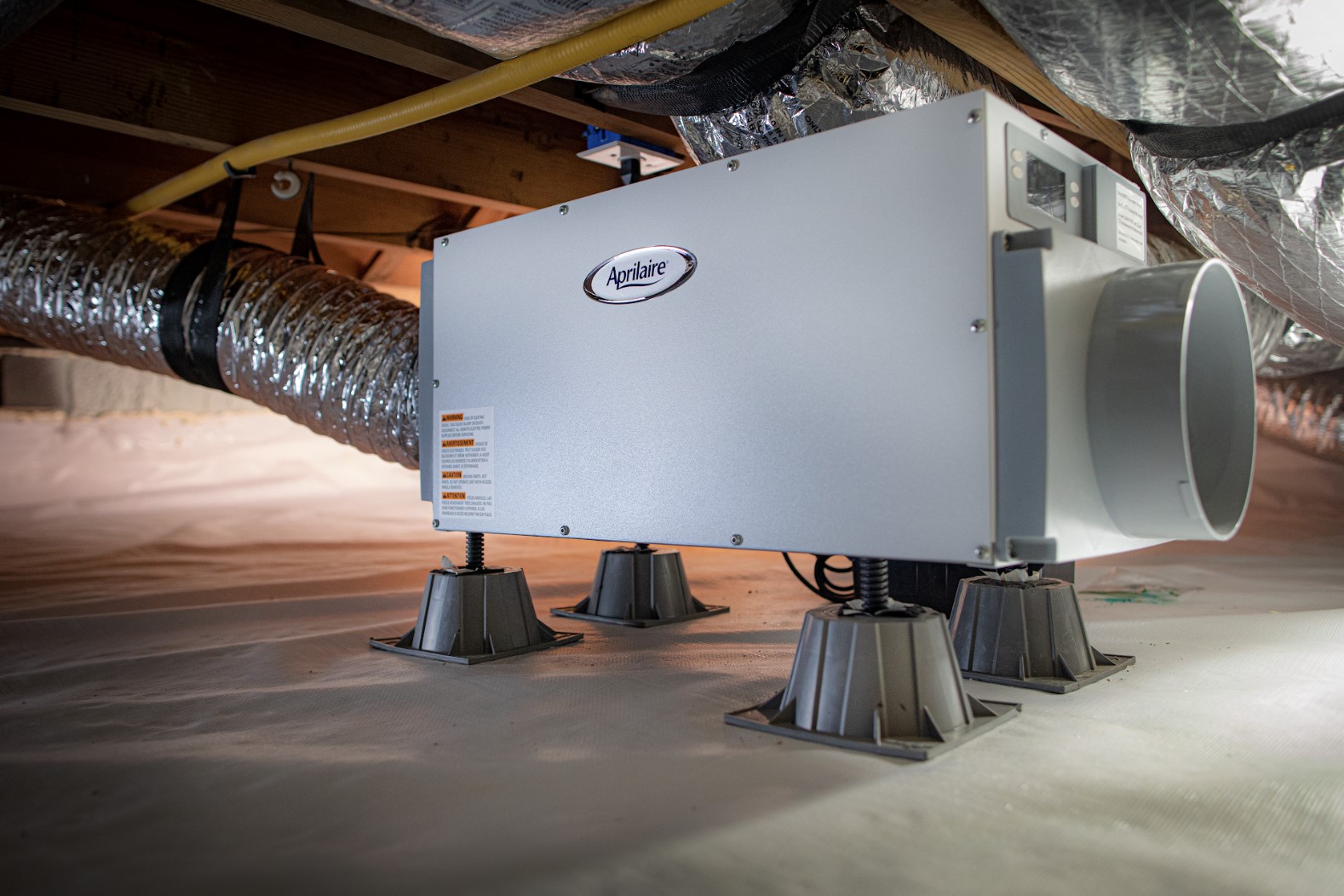

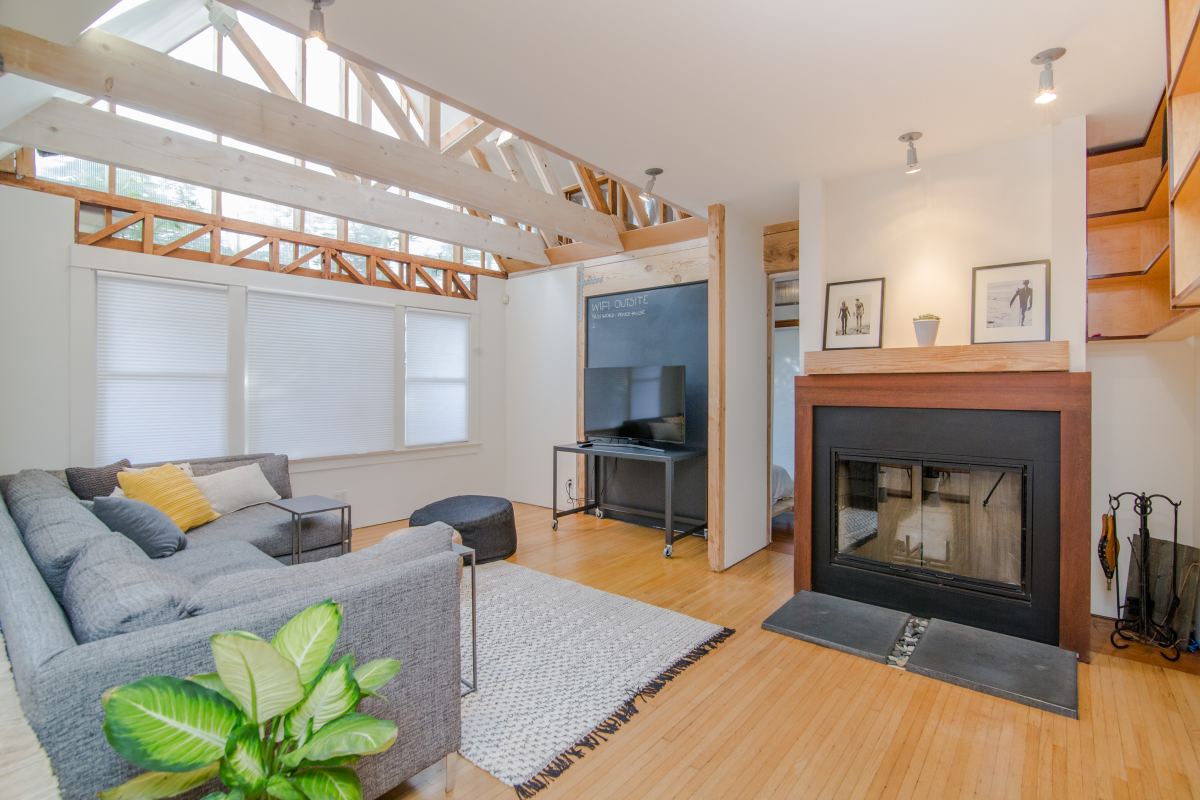
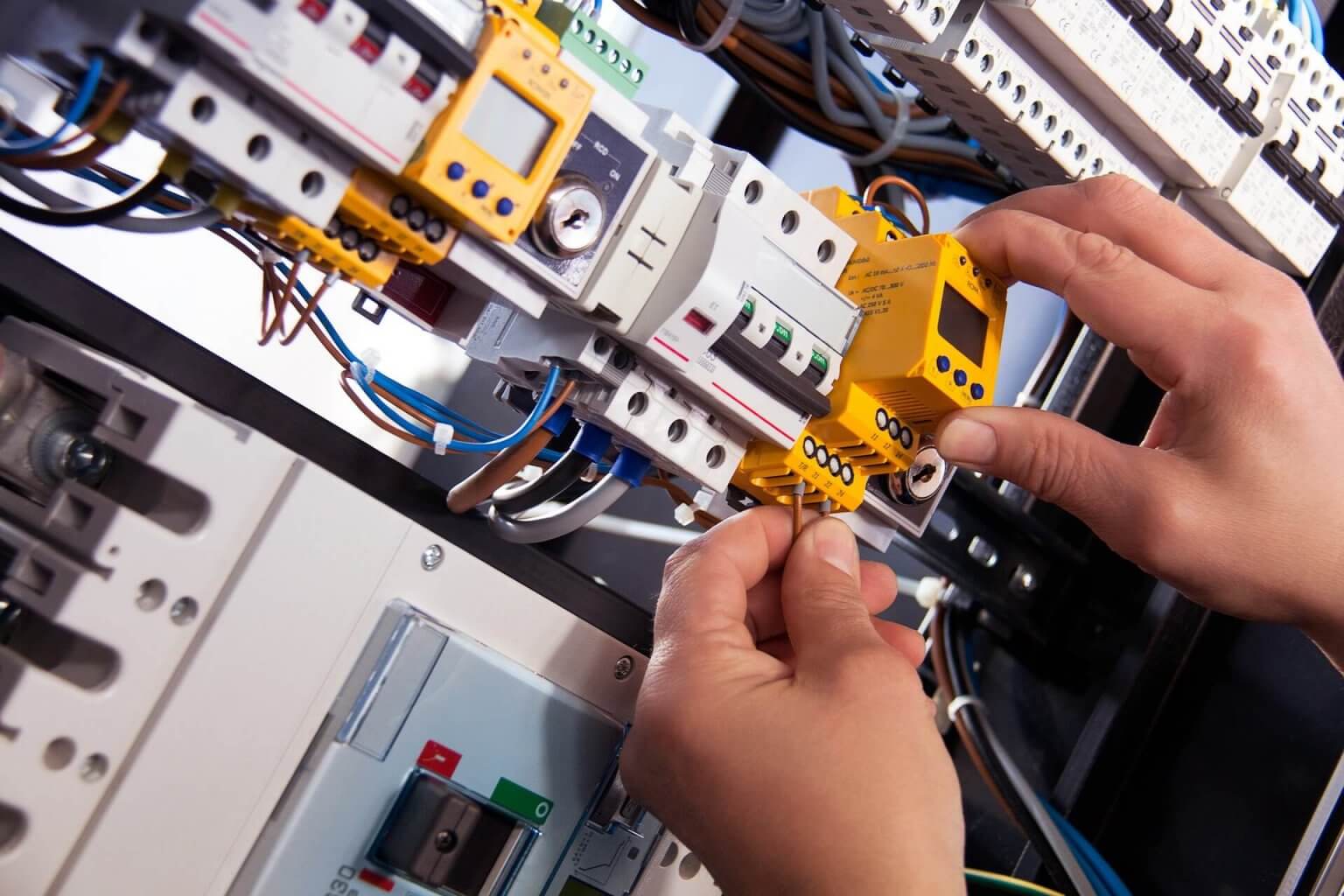


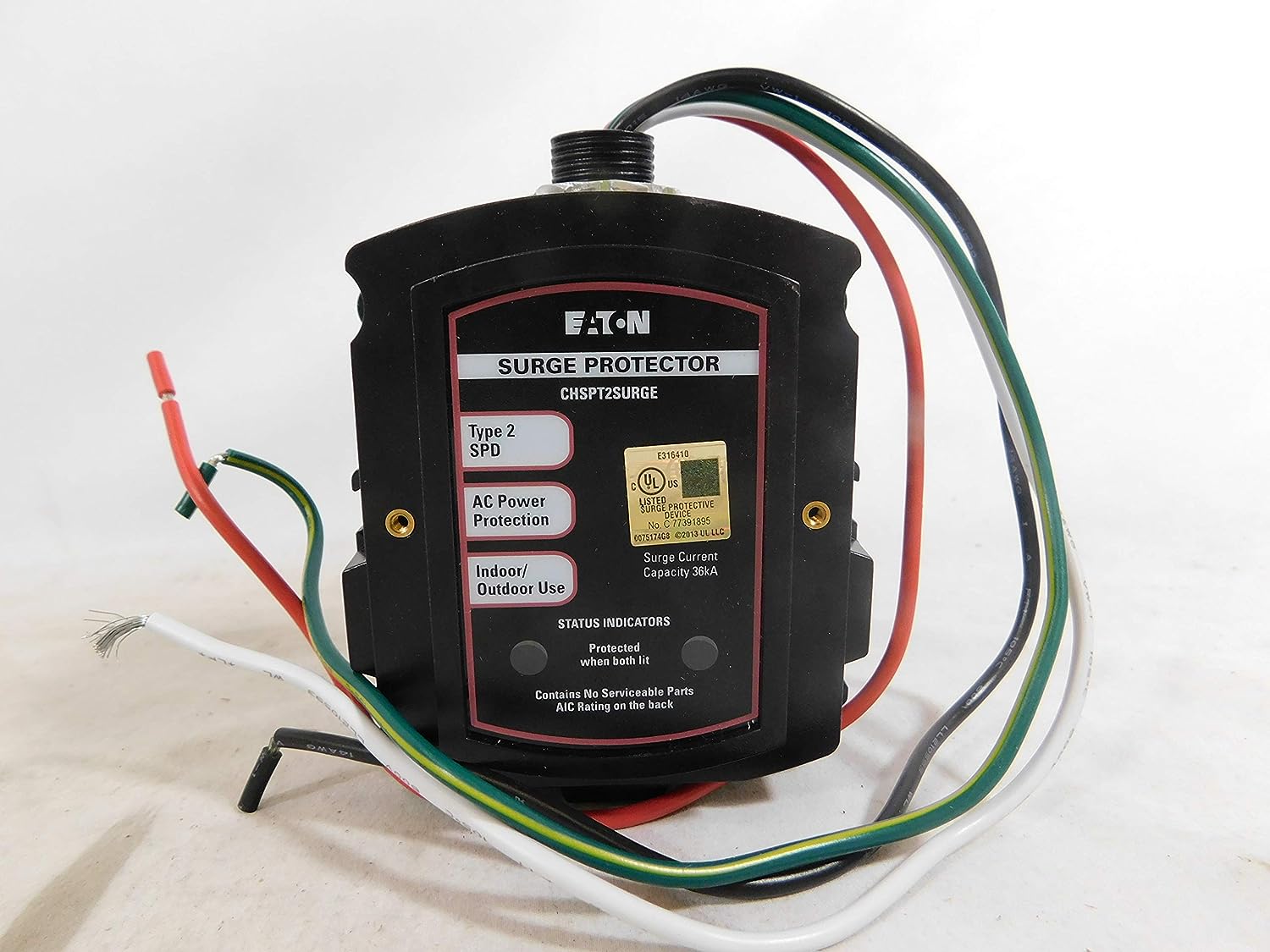
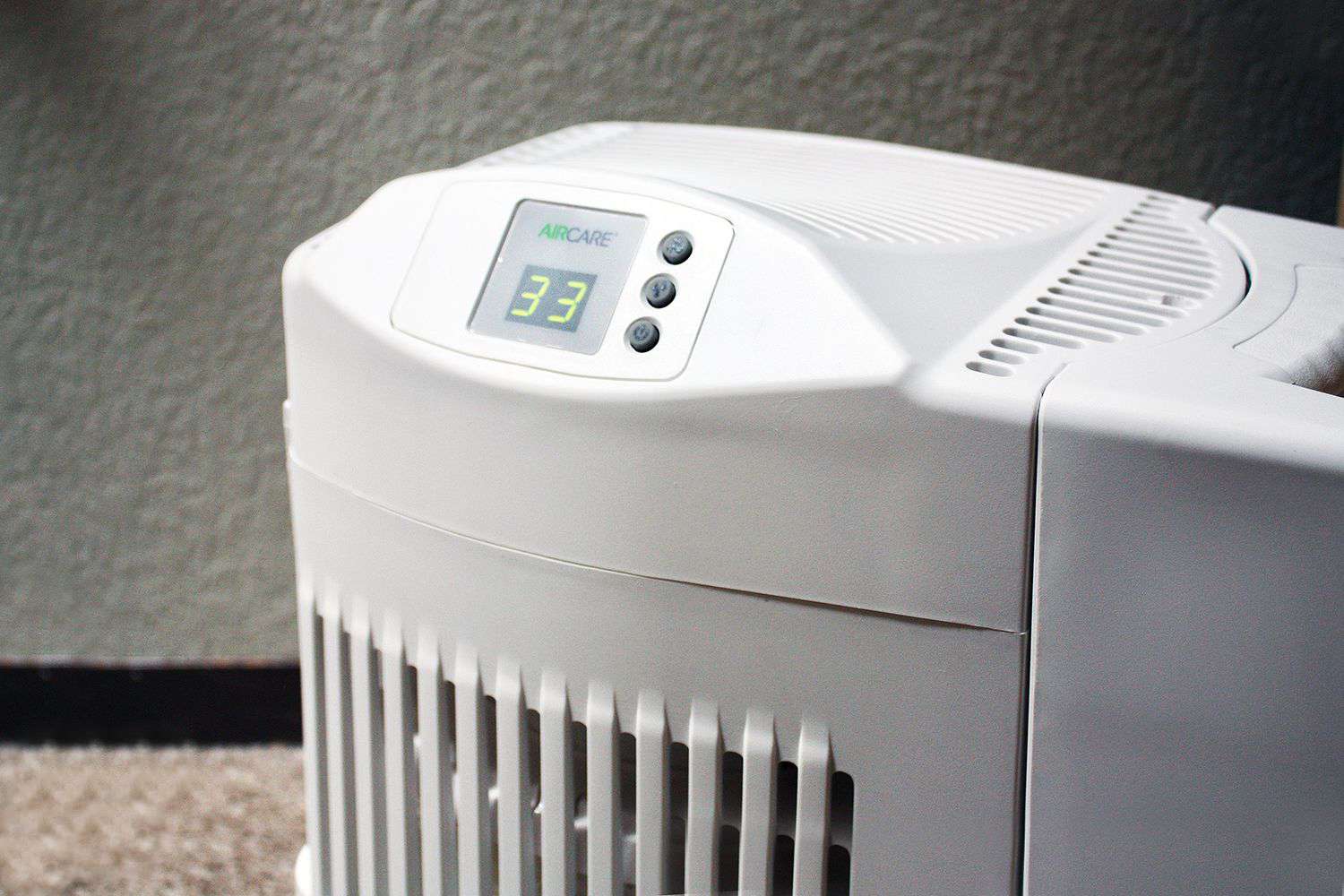
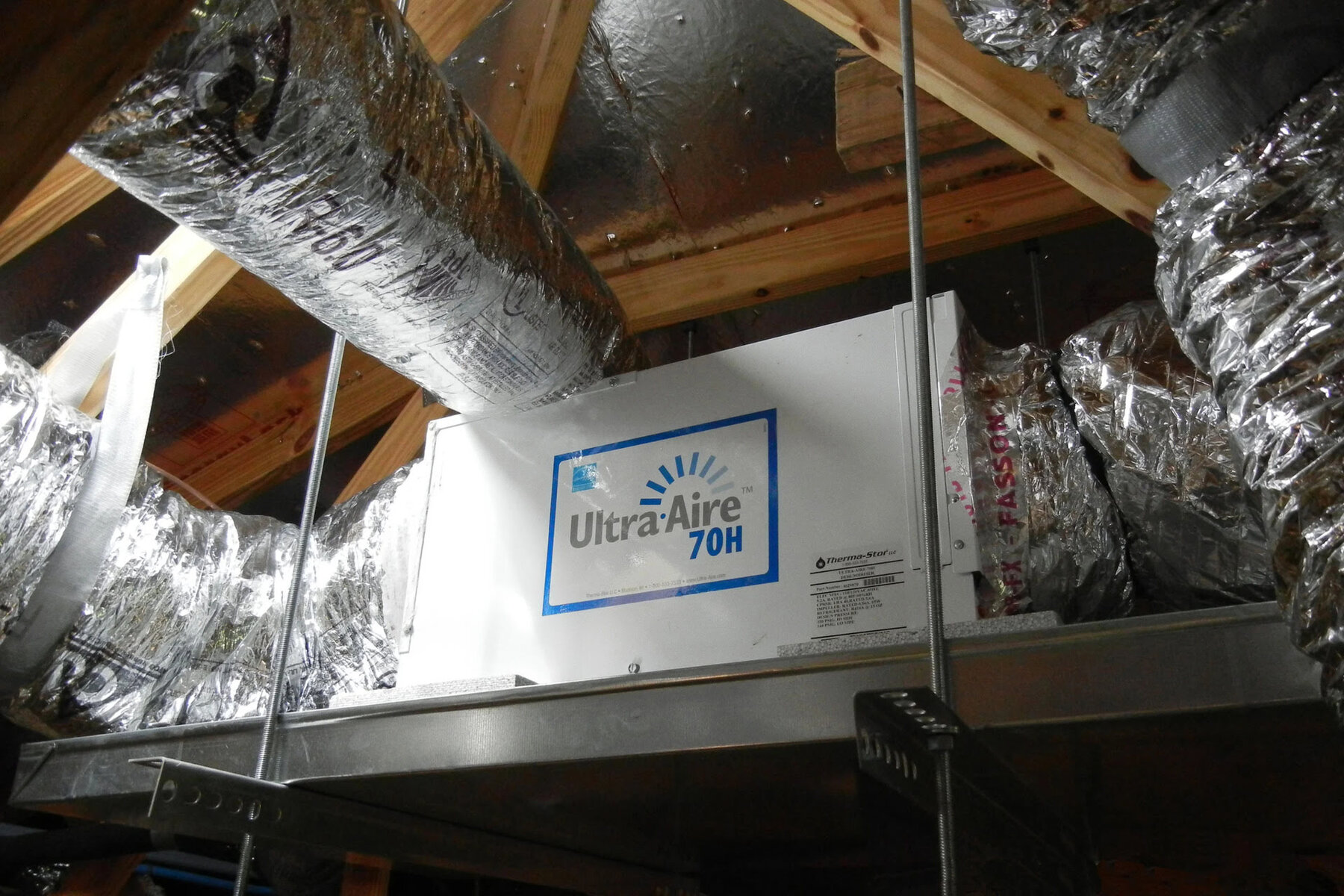
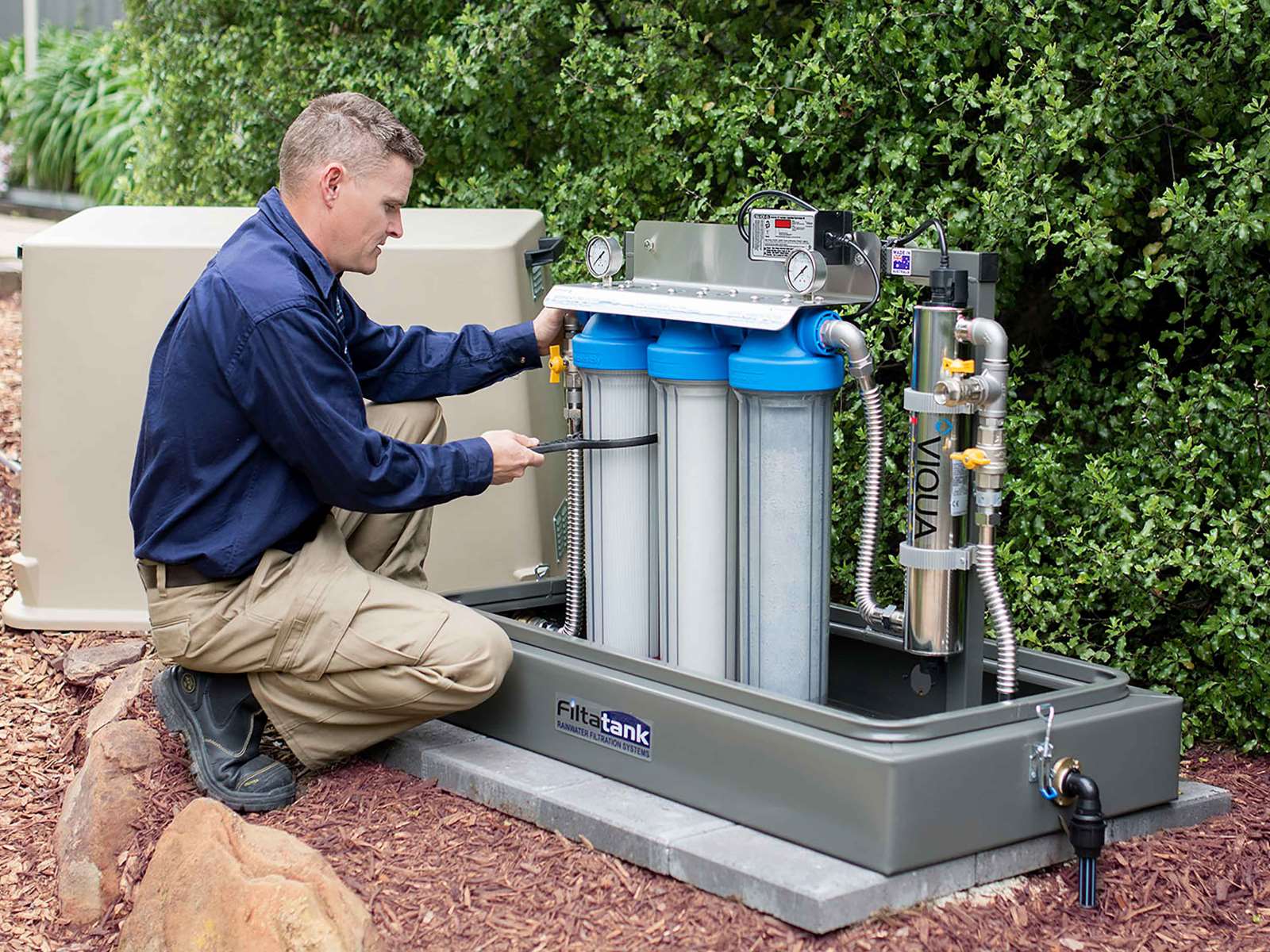
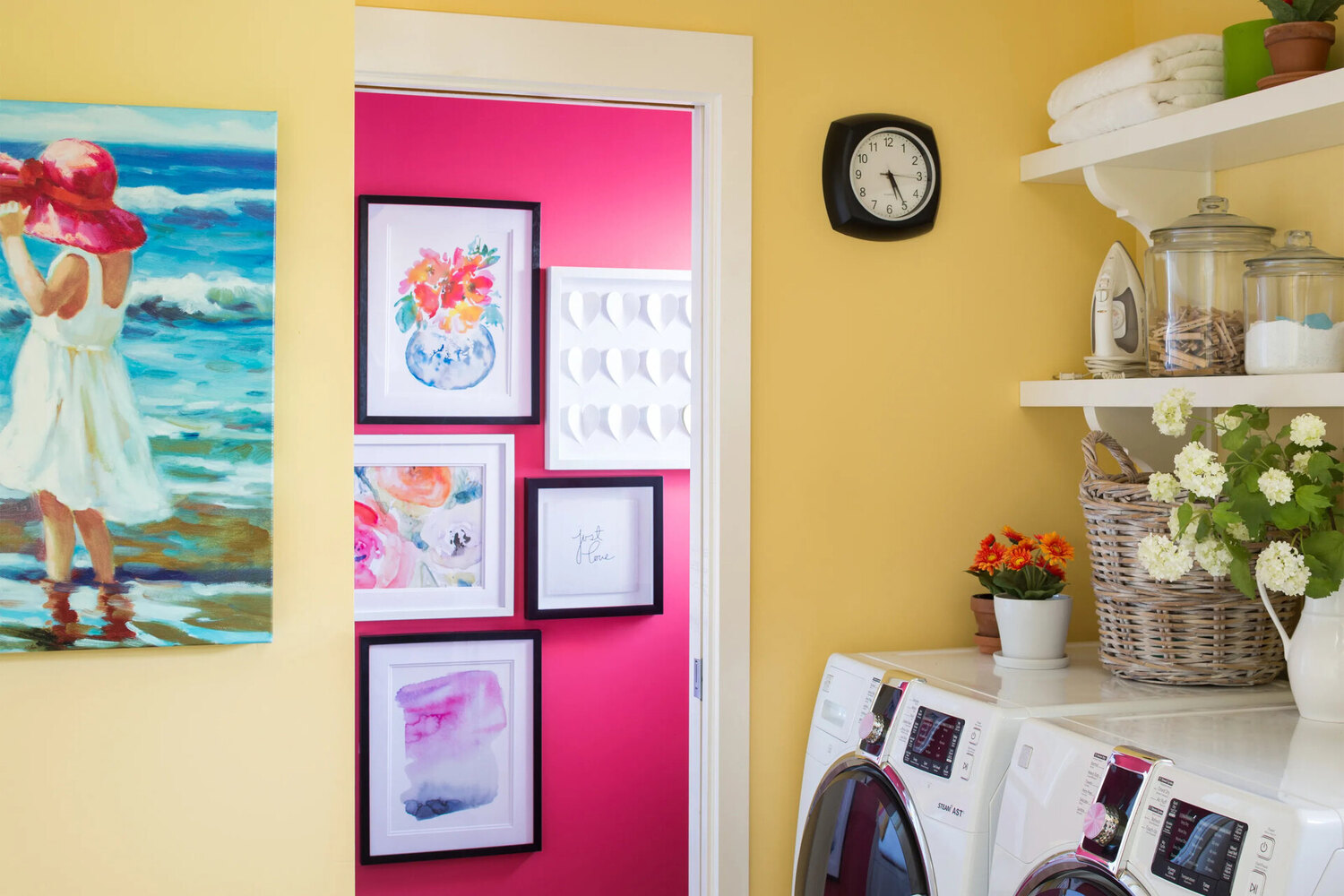

0 thoughts on “How Much Is A Whole House Fan”